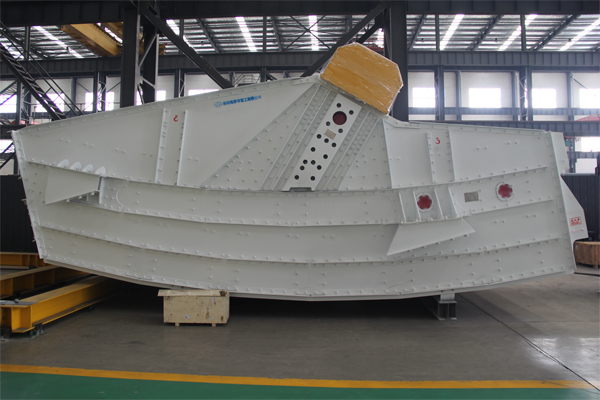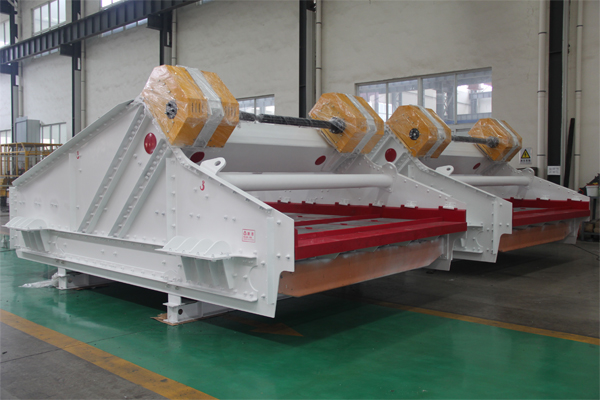Vibrating Screen Design Calculation: Key Parameters Explained
In modern industrial production, the vibrating screen plays a vital role as an efficient screening and grading equipment. It is widely used in mining, metallurgy,construction materials, and chemical industries. The main purpose of a vibrating screen is to separate materials by particle size, ensuring higher product quality and production efficiency.
However, achieving optimal screening performance depends heavily on accurate vibrating screen design calculations. This article explores the key design parameters that influence screening efficiency and capacity, helping engineers and manufacturers better understand how to optimize their vibrating screen performance.
Vibrating Screen Design Calculation

1. Screening Efficiency
Screening efficiency is one of the most important indicators to evaluate vibrating screen performance. It represents the percentage of undersized particles (smaller than the screen aperture)
that successfully pass through the screen during operation. A higher screening efficiency means a more effective separation and less material loss.
Factors Affecting Screening Efficiency:
Material properties: Particle size distribution,moisture content, stickiness, and bulk density.
Screen surface: Aperture size, shape, open area, and inclination.
Vibration parameters: Amplitude, frequency, and vibration angle.
Feeding method: A uniform and stable feed ensures steady material flow and higher screening accuracy.
Calculation Method:
Screening efficiency can be calculated by sampling the oversize and undersize materials:
Efficiency =Mass of undersize in feed/Mass of undersize in product*100%
2.Throughput Capacity
Throughput capacity (or processing capacity) refers to the amount of material that a vibrating screen can handle per unit time, typically measured in tons per hour (t/h) or cubic meters per hour
(m³/h). This is a key parameter for evaluating production performance.
Factors Influencing Throughput:
Screen area: Larger screening surfaces increase capacity.
Material properties: Density and size distribution significantly impact flow.
Aperture size:Smaller apertures improve accuracy but reduce throughput.
Vibration strength: Proper amplitude and frequency help materials move quickly and spread evenly.
Layer thickness: Both too thick and too thin layers reduce capacity.
Design Considerations:
Capacity is typically estimated using empirical formulas based on screen width, material velocity, and bed depth. Optimization ensures a balance between screening accuracy and productivity.

3. Vibration Parameters: Amplitude and Frequency
Vibration parameters are the core of vibrating screen design, directly determining the material’s motion path and screening effect.
Amplitude:The maximum displacement of the screen surface from its neutral position.Proper amplitude promotes effective material stratification and prevents screen blinding. Too low amplitude causes dense material layers; too high amplitude may reduce screening precision or damage components.
…
For more detailed information on vibrating screen design calculations, please click here: https://www.hsd-industry.com/news/vibrating-screen-design-calculation/


